KEEPING THE RECORD STRAIGHT
By Elizabeth Roberts

Built in 1855, the Edward Reeves Studio in Sussex, England is believed to be the oldest continuously operated photography studio in the world. And now, people have the chance to trace not only its history but also that of the town and the history of commercial photography, through the exhibit, ‚ÄúStories Seen Through a Glass Plate,‚ÄĚ part of the ongoing Brighton Photo Biennial.

Being a fourth generation photographic studio, housed in the same building it began in, is in itself unusual but when it was discovered that the Reeves family had kept almost every single photograph since 1858, interest began to rise…
The Edward Reeves archive has been meticulously cared for since 1858 to the present.
The building to the right of the church is where the family business began and continues today.

Certainly unique in the UK, very likely unique in Europe, and possibly unique in the world, the Edward Reeves Archive is taking on a very special significance.
Having been meticulously kept, nearly complete with paperwork and cataloguing since 1858, it is today owned by Tom Reeves, great-grandson of the original Edward Reeves, who continues to run the family business from the premises in Lewes High Street where it has been since it opened.

The archive, which contains around 105,000 glass plate negatives and about 100,000 film negatives plus digital files, is today being brought to life by Brigitte Lardinois. As deputy director of the Photography and Archive Research Centre at the University of the Arts in London, and senior research fellow in photography at London College of Communications (she was also for 10 years cultural director at Magnum, London), she is ideally qualified for the job.
“Obviously there has been a lot of interest in the archive over the years, but Tom was reluctant to allow anyone to investigate it. But I put a good case to him and he agreed, largely because I proposed a holistic approach ‚Äď and that I came from an academic background ‚Äď I don‚Äôt work for a dealer or other interested party.”
Having taken advice from world leading glass conservators, Brigitte’s plan is not to digitise the glass plates but, instead, to start with the paperwork.
“The plates have always been stored in the same place and the walls are thick ‚Äď and even today there is no central heating,” Brigitte explains.
“The ledgers are all numbered and correspond with the boxes in which the plates are stored, but they also hold a lot of other information which will be incredibly useful when put into a database,” she explains.

“Half of the pictures are portraits ‚Äď and you can trace generations through the archive ‚Äď but what I am extra excited about is that the other half of the pictures show life in Lewes since the 1850s. There are even estate agents pictures. So when it does eventually go online people will be able to trace their relatives, and even the history of their houses ‚Äď as well as it being a fascinating and original historical resource.”
This autumn will see the first real airing of material from the archive with an exhibition of lightboxes in the shop windows of Lewes.
“It will be part of the Brighton Photo Biennial and the title will be “Stories as Seen Through a Glass Plate”, which reflects a competition that was set up in Lewes in 1870 for the best window display,” says Brigitte. “The idea is to make a trail up Station Street to the Tourist Office where it will branch off to the left and right along the High Street. The aim is to show pictures of the original shops and life on the High Street between the 1850s and 1970.” The exhibition will be on throughout October and promises to offer both historical and photographic treats.
For more information visit: bpb.org.uk




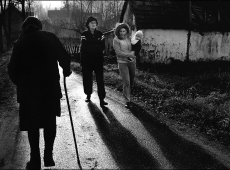



















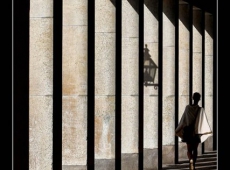










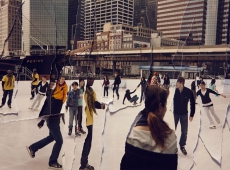








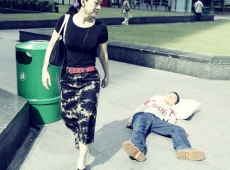









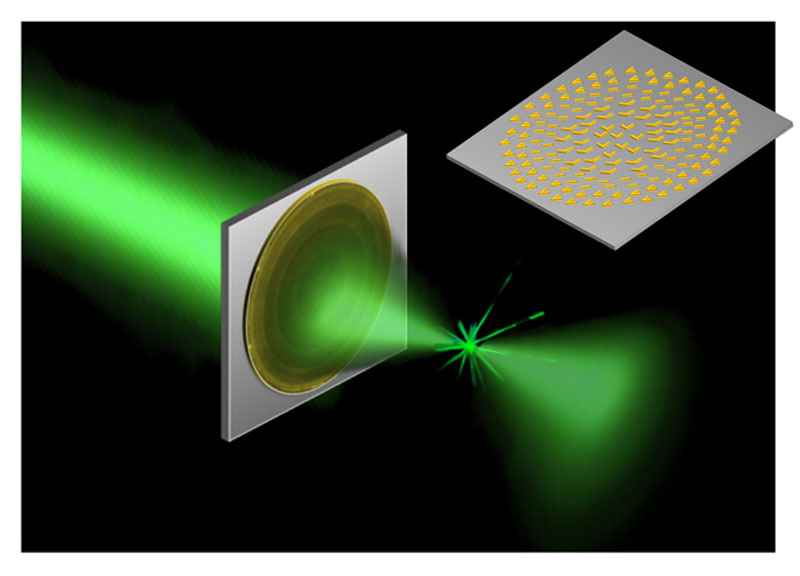















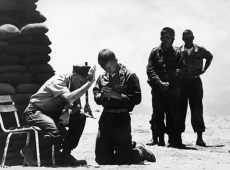

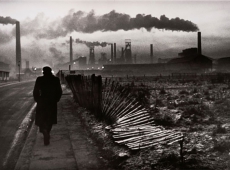




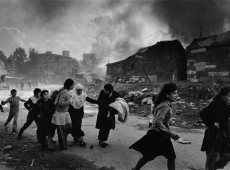


 Eve Arnold (1912-2012) is an American photojournalist and was the first female member of the Magnum Photos agency (in 1951, becoming a full member in 1957).
Eve Arnold (1912-2012) is an American photojournalist and was the first female member of the Magnum Photos agency (in 1951, becoming a full member in 1957).



















 Sound
Sound Lighting
Lighting Timelapse
Timelapse HDR/BKT
HDR/BKT Laser
Laser Do It Yourself
Do It Yourself Manual
Manual Painter Nikica Raicevic and Master of Photography Branislav Strugar met each other participating together in several art colonies. Through mutual conversation its turned out that they both like to visit the same area, the canyon of the river Cijevna, searching for inspiration.
Painter Nikica Raicevic and Master of Photography Branislav Strugar met each other participating together in several art colonies. Through mutual conversation its turned out that they both like to visit the same area, the canyon of the river Cijevna, searching for inspiration.